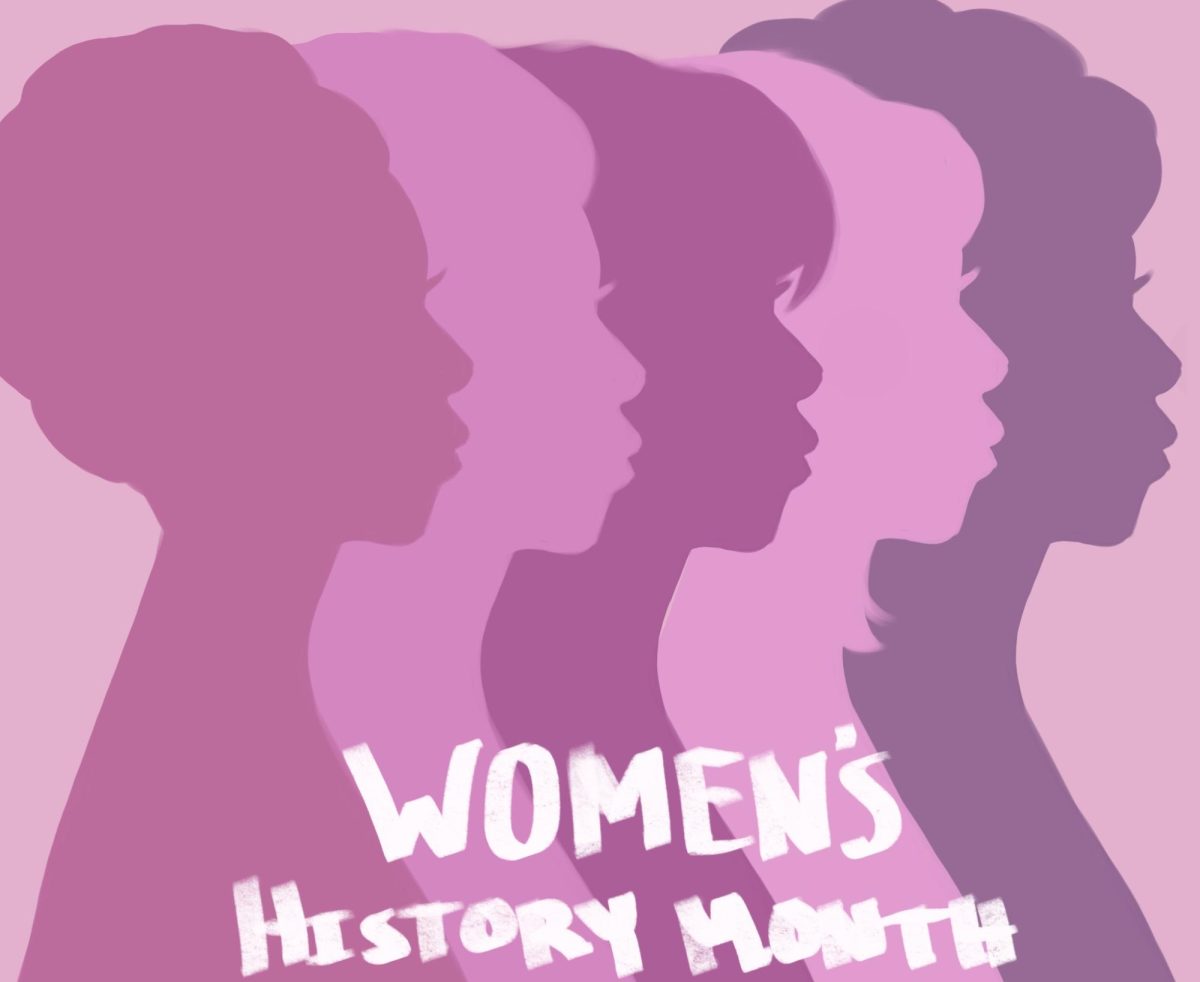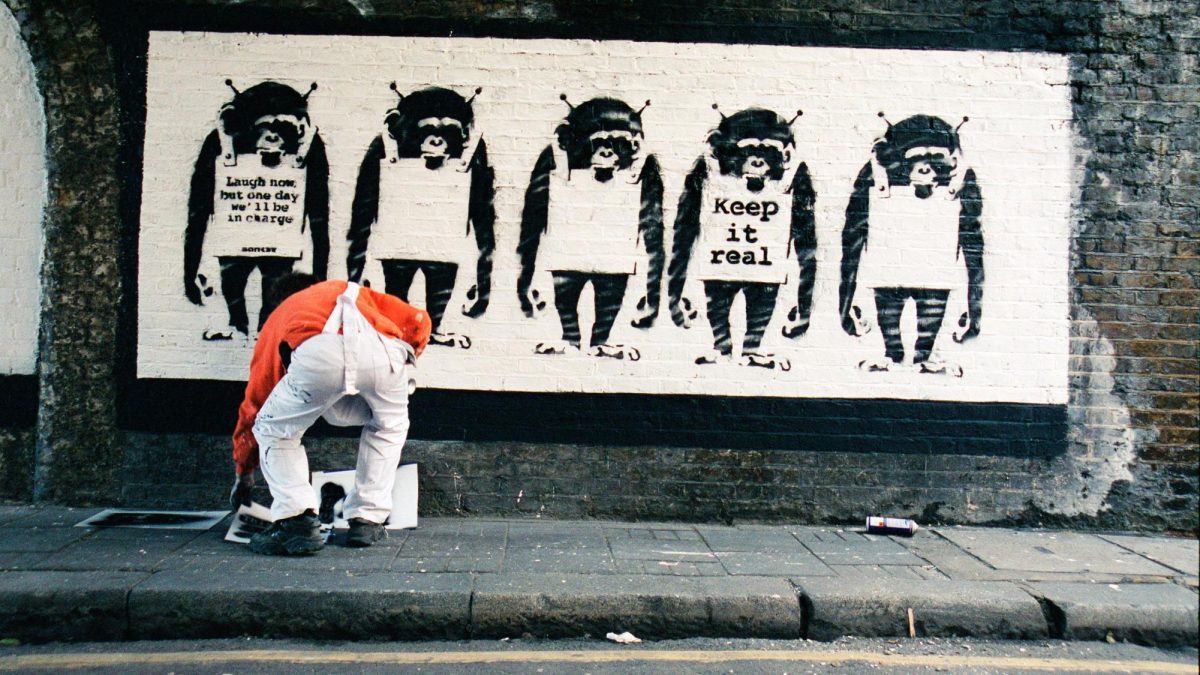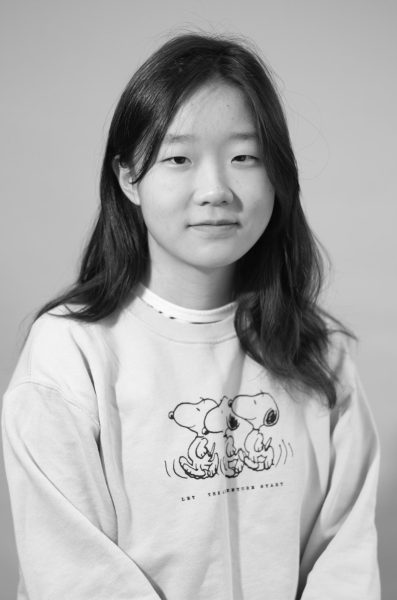It’s March, the month of the year that brings spring, melts snow, and stretches daylight into the evening. But beyond weather and seasonal changes, March is also known as National Women’s History month. In hopes of addressing inequalities and celebrating accomplished women, feminists pushed for a month dedicated to them in the late 1900s. Following their successful campaign, feminism has gone through numerous changes and controversies due to changing
trends, social media, and politics. However, many things remain as they did a couple of decades ago—particularly, the perception of the “radical” feminist.
The stereotypical image of a feminist is not a pretty one. A rebellious, independence-mongering hypocrite, who, despite her preaching for gender equality, also curses and blames men in the same breath, claiming that they “don’t need men.” In a survey conducted by Ipsos, 55% of men and 41% of women believe that the fight for equality has gone too far, and instead, men are now discriminated against. Is this a case of the “loud” minority, or is feminism really problematic?
The mid-to-late 1900s saw a surge of feminism that died down by the 1980s. This period is commonly associated with the term “bra-burning”—a reference to the 1968 Miss Beauty Pageant Protest where protestors threw away bras onto the sidewalks of Atlantic City. According to the BBC, although no fire or bra-burning occurred, the image of the radical feminist became synonymous with the movement because of manipulative reporting and media. Over the years, this image shaped the stereotype of the feminist as an angry “man-hater.”
Perhaps, the case of a “man-hating,” “don’t need men” feminist is blown out of proportion due to discrimination. Civil Rights advocates were similarly portrayed as violent and destructive in order to weaken their reputation as rational protestors. By painting advocates of a movement as irrational, critics can more easily shake the influence of their cause. For feminism, the widespread “man-hating” feminist narrative was misconstrued in the 20th century and has lasting effects on the movement today.
But oftentimes, what’s also taken out of consideration is the context these “sexist” statements occur in. Statements like “I don’t need men” aren’t supposed to be taken literally. They reference patriarchal and sexist culture that continues to underrepresent, suppress, and demean women. Because, whether we realize it or not, the modern world is still full of sexist messaging.
In a Forbes survey conducted in 2023, women held only 35% of speaking roles in movies. When they did, they also held less-developed, more traditional roles than men. The widespread lack of women and subtle sexism in media is indicative of our current stance on gender equality: as a society, we have not done enough to address these underlying issues because we still do not view a lack of representation as a problem.
In a world where women are portrayed as overly dependent on men, “I don’t need men” offers some solace to the built-up frustration towards a system that has oppressed women for centuries. Of course, these statements aren’t the answer, neither are they completely valid. But the next time you hear the phrase, please extend a little bit of understanding.
This article also appears in our March 2025 print edition.














